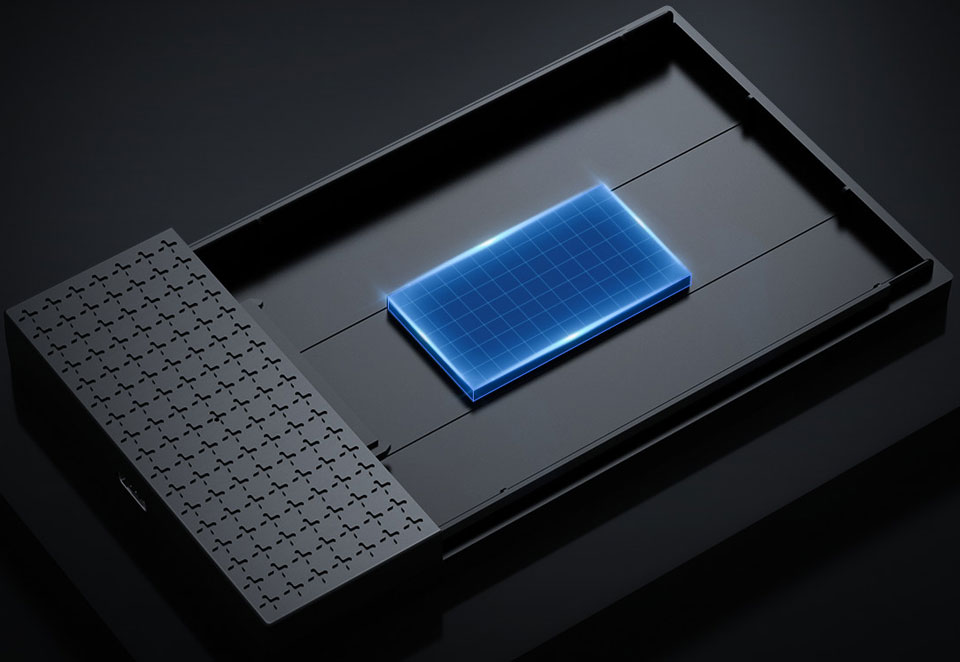
If you are not following this tutorial on a Linux machine, then you’ll have to use whatever software you best know that works with your operating system (on Windows I recommend Acronis Disk Director and Partition Magic). In order to achieve this, you need to have GParted installed (or at least this is what i prefer). Only do this if your USB flash drive has more than 2GB of space and you do not need to save changes you make inside the operating system. In order to separate the operating system from the documents you would like to save on the flash drive, it is advisable that you divide your USB flash drive into two partitions. Thus, you should have a good bootable USB 2.0, with decent I/O data processing speeds, with at least 4GB (considering that the operating system itself weighs ~2GB, Karmic Koala).ĭivide your USB flash drive into two partitions

While the method described on the Ubuntu documentations implies installing a Live CD image on a USB flash drive, which would then need to extract and load the operating system in the RAM, the method that I will describe on this page implies installing a fresh operating system on a bootable flash drive that will work the same way as from a real HDD (except the speed, of course).

There are many ways to create a live USB drive carrying an operating system like Ubuntu, but the method I will describe further is mainly based on using SUN’s VirtualBox.


 0 kommentar(er)
0 kommentar(er)
